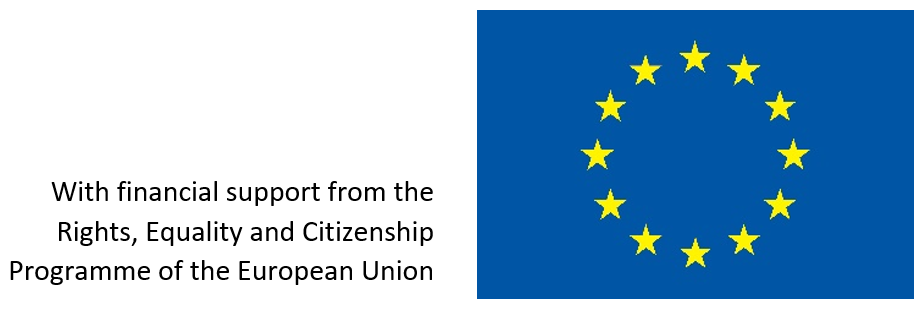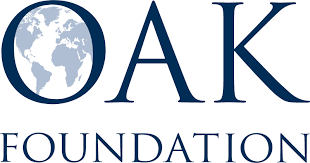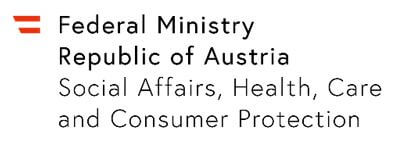According to the World Health Organization (WHO), Female genital mutilation (FGM) comprises all procedures that involve partial or total removal of the external female genitalia, or other injury to the female genital organs for non-medical reasons. (WHO, 2010). The terms ‘female circumcision’ and ‘female genital cutting’ are also used to refer to FGM. These procedures, as opposed to male circumcision, are usually extremely unsafe, painful, and detrimental to women’s sexuality. For this reason, it is considered a violation of women’s and girls’ human rights as well as perceived as a form of gender-based violence, as it is deeply rooted in gender inequalities and embedded in the cultural traditions of some communities.
This practice is mostly carried out by traditional circumcisers, who often play other central roles in communities, such as attending childbirths. In many settings, health care providers perform FGM in the false belief that the procedure is completely safe when medicalized. (WHO,2016). Although the procedure, when medicalized, might result in a lower death toll, it’s harmful nature remains. WHO strongly urges health professionals not to perform such procedures. Typically, the practice is justified by tradition, religion, or for hygiene purposes, and is often a precondition for marriage (Alina Balta, 2016). FGM is performed in a multitude of different ways, with varying degrees of medicalisation, yet at it’s core this procedure is consistently harmful to women and girls; beyond the danger posed by the operation itself, FGM deprives women of an essential aspect of their sexuality: pleasure.
According to UNICEF’s statistical overview on Female Genital Mutilation/Cutting the current estimates (from surveys of women older than 15 years old) indicate that around 90% of female genital mutilation cases include either Types I (mainly clitoridectomy), II (excision) or IV (“nicking” without flesh removed), and about 10% (over 8 million women) are Type III (infibulation). UNICEF found out that the Infibulation it is the most harmful form of FGM and it is mostly practiced in the north-eastern region of Africa: Djibouti, Eritrea, Ethiopia, Somalia, and Sudan. In West-Africa (Guinea, Mali, Burkina Faso, etc.), the tendency is to remove flesh (clitoridectomy and/or excision) without sewing the labia minora and/or majora together.
The WHO published a global strategy to stop healthcare providers from performing FGM (WHO, 2010). The phenomenon of the ‘medicalization’ of FGM is increasing, namely in Egypt, Guinea, Kenya, Mali, Nigeria, Sudan, and Yemen. It is estimated that healthcare professionals carry out more than 18 per cent of all FGM/C procedures. (WHO, 2010).
Procedures are mostly carried out on young girls sometime between infancy and adolescence, and occasionally on adult women. More than 3 million girls are estimated to be at risk for FGM annually. More than 200 million girls and women alive today have been cut in 30 countries in Africa, the Middle East and Asia where FGM is performed and 30 million girls are at risk of being subjected to it during the next decade. (UNICEF, 2013).
The practice is most common in the western, eastern, and north-eastern regions of Africa, in some countries the Middle East and Asia, as well as among migrants from these areas. However, FGM is also a persuasive practise in Europe. The European Parliament estimates that 500,000 girls and women in Europe have been subjected to FGM/C, while 180,000 girls and women are at risk every year. FGM it is, admittedly a global concern.
According to a study conducted by EIGE (European Institute for Gender Equality) in 2016, in Malta, of the 486 girls originating from countries where FGM is practised, 39% to 57% of girls were at risk of FGM. In Italy, of the 76 040 girls originating from countries where FGM is practised, 15 % to 24 % were at risk .
The consequences of this heinous practice experienced by women, include physical and physiological, immediate and long-term effects. Short-term effects include, infections caused by unsterile use of instruments, severe pain, excessive bleeding (haemorrhage), genital tissue swelling, fever, urinary problems and even death. The long-term consequences mentioned by EIGE include, chronic pain, painful menstruation, painful sexual intercourse, frequent urinary tract infections, infertility and possible increased susceptibility to HIV infection and other sexually transmitted infections (RCOG, 2009). Moreover, FGM/cutting increases the risk of childbirth complications (difficult delivery, excessive bleeding, caesarean section, need to resuscitate the baby, etc.) and new-born death.
According to the United Nations High Commissioner for Refugees (UNHCR) in 2017, 66,000 women and girls from FGM-practising countries sought asylum in the EU. Overall, it is estimated that over 24,000 women and girls could potentially have already been affected by FGM at the time of their asylum application in the EU in 2017. The top FGM-practising countries of origin for female asylum-seekers were Iraq (about 21,100 applications), Nigeria (15,200), Eritrea (7,400) and Somalia (4,800). (UNHCR, 2018). (UNHCR, 2018). The Refugee Convention encompasses race, religion, nationality and political opinion as grounds for persecution. It is interesting to note that the former Convention does not mention gender as a ground for persecution. Hence, women fearing FGM often claim the refugee status under the specific category of “membership of a particular social group”.
However, there have been some positive developments concerning this barbaric practice! In recent years, the international community has focused on raising awareness about FGM and the detrimental consequences it represents for women. For instance, in May 2016, WHO collaborated with the UNFPA-UNICEF joint programme on FGM to launch the first evidence-based guidelines on the management of health complications from this practice. The guidelines were developed based on a systematic review of the best available evidence on health interventions for women living with FGM.
There is unfortunately a long way to go in order to provide an effective, equitable and efficient system for the protection of women suffering from this egregious practice. WHO brings attention on issues such as the medicalization of FGM, the insufficient training and support for health-care providers, lack of involvement of the health sector in the prevention of FGM, and finally the lack of laws or will to prosecute. In the same way, EIGE identified significant faults in the data collection and support services in the prevention of, and fight against, FGM.
Written by Mariana Cunha, WAVE Intern
Sources
United Nations Children’s Fund, Female Genital Mutilation/Cutting: A statistical overview and exploration of the dynamics of change, UNICEF, New York, 2013.
UNICEF, ‘Female Genital Mutilation/Cutting: A Global Concern’ (2016)
UNICEF, ‘Female Genital Mutilation/Cutting: A Statistical Overview and Exploration of the Dynamics of Change’ (July 2013)
WHO:
– Global strategy to stop health-care providers from performing female genital mutilation (UNAIDS, UNDP, UNFPA, UNHCR, UNICEF, UNIFEM, WHO, FIGO, ICN, IOM, MWIA, WCPT, WMA), 2010.
-Female Genital Mutilation (WHO fact sheet), 2018.
-WHO guidelines on the management of health complications from genital mutilation, 2016
EIGE Report: Female Genital Mutilation in the European Union and Croatia, 2013
Female genital mutilation: the prevention and the management of the health complications, policy guidelines for nurses and midwives. Geneva, World Health Organization, 2001.
Eliminating female genital mutilation: an interagency statement. UNAIDS, UNDP, UNECA, UNESCO, UNFPA, UNHCHR, UNHCR, UNICEF, UNIFEM, WHO. Geneva, World Health Organization, 2008.
Annemarie Middelburg and Alina Balta, Female Genital Mutilation/Cutting as Ground for Asylum in Europe, International Journal of Refugee Law (2016).
Royal College of Obstetricians and Gynaecologists (RCOG) Annual Report: Setting standards to improve women’s health, 2009
UNHCR, Statistical Update on Female Genital Mutilation and Asylum in the European Union, August 2018.






